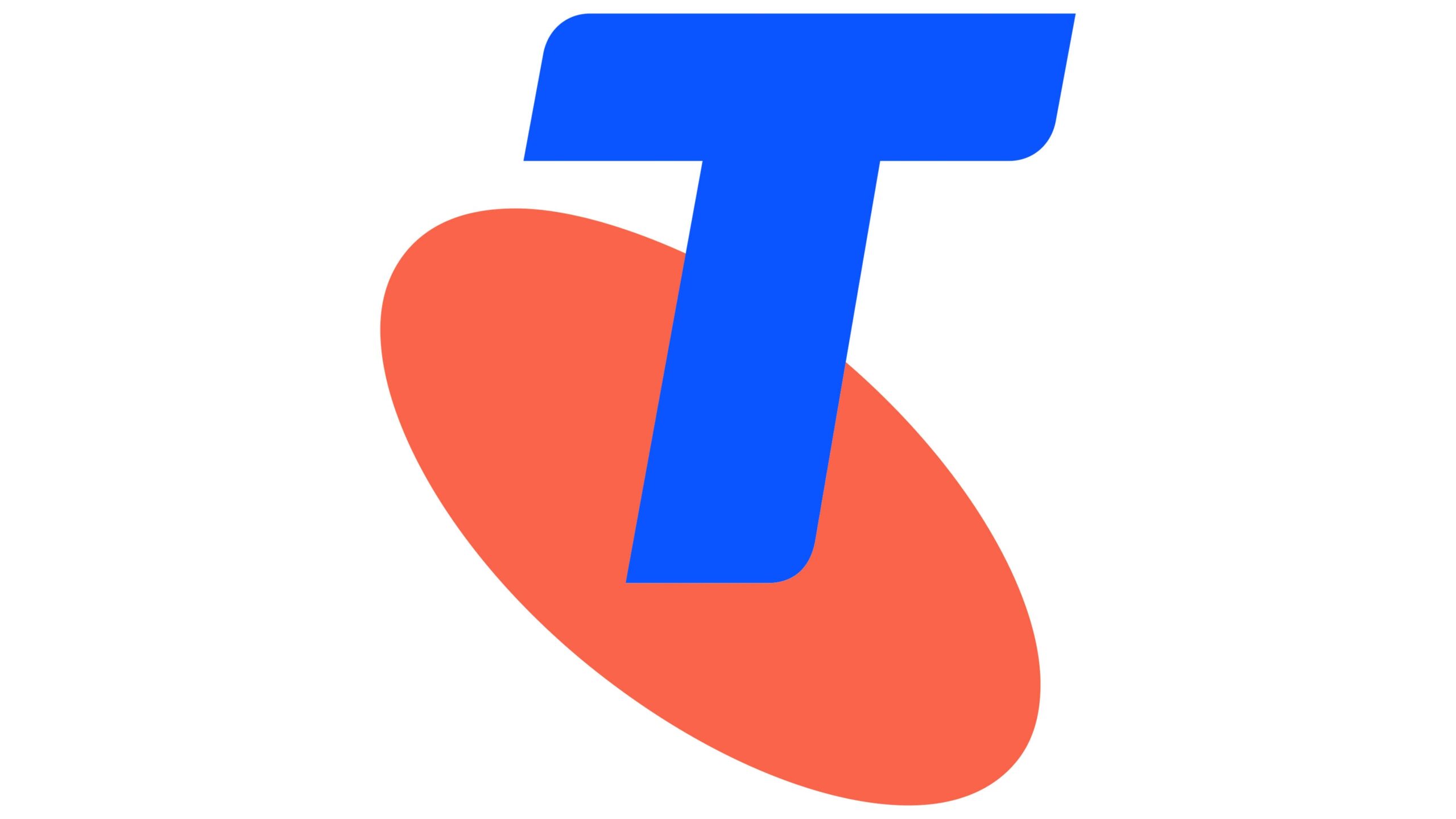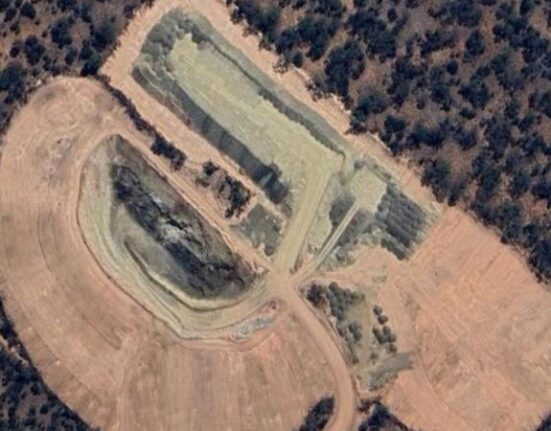Australia’s leading telecommunications company, Telstra, has recently announced plans to slash more than 500 jobs. This move comes as part of a broader strategy aimed at boosting returns and streamlining operations to stay competitive in the rapidly evolving digital landscape.
The decision to reduce its workforce follows Telstra CEO Vicki Brady’s unveiling of a new five-year plan focused on integrating artificial intelligence technologies into its operations. With approximately 31,000 full-time-equivalent employees worldwide, Telstra aims to shed about 550 positions across various departments.
One insider revealed that the impact of these cuts will be widespread within the organization, affecting employees at all levels. In an internal communication shared with staff, it was stated,
“Today we shared with our employees that we are proposing a net reduction of around 550 roles from across the organisation.”
Despite concerns about job security, a Telstra spokeswoman emphasized that the changes were driven by strategic realignment rather than solely by AI adoption. The company is committed to supporting affected employees through consultation processes and offering assistance in finding alternative roles within Telstra or providing redundancy packages if necessary.
Telstra’s efforts to incorporate AI technologies into its operations have been met with both anticipation and apprehension. While AI holds promise for enhancing efficiency and productivity, there are concerns about potential job displacement. Chief financial officer Michael Ackland highlighted the transformative potential of AI, stating,
“We spend over $2 billion per annum… And we think AI will revolutionize these activities.”
The broader implications of Telstra’s workforce restructuring reflect larger trends in the industry and economy at large. As automation and AI continue to reshape traditional work environments, companies must navigate the delicate balance between innovation and employee well-being.
Telstra’s strategic shift towards AI integration is not unique in today’s business landscape. Many industries are embracing technological advancements to stay relevant and competitive. However, this transition inevitably raises questions about the future of work and how organizations can support their employees through such transformations.
In light of these developments, experts warn of potential challenges ahead for both companies and workers alike. The need for upskilling and reskilling programs becomes crucial as job roles evolve alongside technological advancements. Finding ways to harness the benefits of AI while mitigating its disruptive impact on employment remains a key challenge for businesses globally.
As Telstra embarks on this transformation journey, it underscores the importance of proactive communication with employees and stakeholders. Transparency regarding organizational changes and empathy towards those affected by job cuts are essential components of managing such transitions effectively.
In conclusion, Telstra’s decision to downsize its workforce amid increasing reliance on AI technology reflects a broader shift towards digital transformation in today’s business landscape. Balancing innovation with compassion towards employees will be pivotal in shaping a sustainable future where technology enhances human capabilities rather than replacing them entirely.









Leave feedback about this